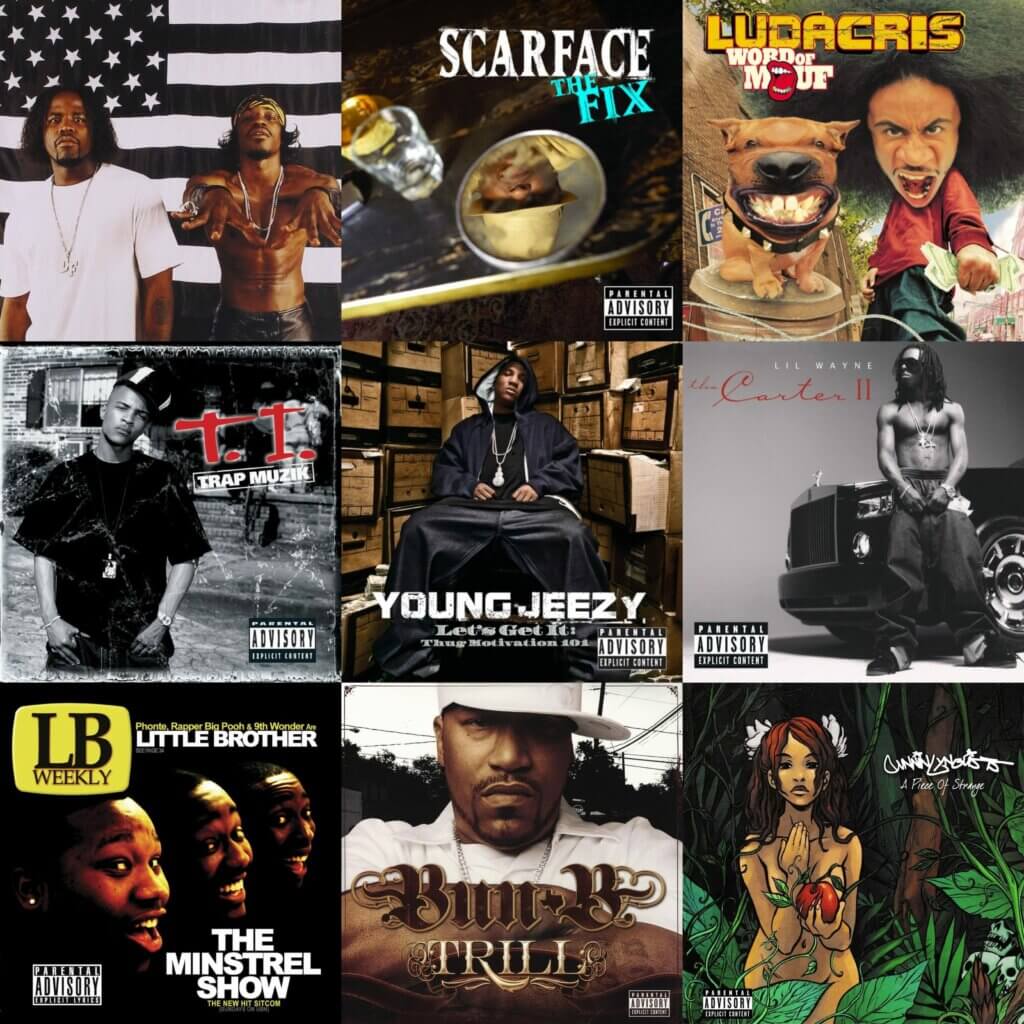Southern hip-hop has emerged as one of the most influential and dynamic forces in the landscape of American music. Its journey from regional roots to global dominance reflects a rich tapestry of culture, innovation, and resilience. Let’s explore the evolution of Southern hip-hop, tracing its origins, milestones, and the future it continues to shape.
Origins: The Seeds of Southern Hip-Hop
Before the 1990s, hip-hop was predominantly associated with New York City and West Coast scenes. However, the South had long been a fertile ground for musical innovation, with genres like blues, jazz, and soul deeply embedded in its culture. Artists and producers began experimenting with hip-hop sounds, but it wasn’t until the late ‘80s and early ‘90s that Southern hip-hop truly started to carve out its identity.
Key early artists and scenes:
Geto Boys (Houston): Among the pioneers, their gritty lyrics and raw sound laid groundwork for Southern storytelling.
Outkast (Atlanta): Emerging in the early ‘90s, Outkast brought a unique blend of funk, soul, and hip-hop, setting a new standard for creativity.
UGK (Texas): Their soulful, gritty style created a blueprint for Southern rap’s distinctive sound.
The Rise of the South: 1990s to Early 2000s
The late ‘90s marked a turning point, with Southern artists gaining national recognition. This era saw the emergence of a distinct Southern sound characterized by slower tempos, heavy bass, and a focus on regional storytelling.
Notable milestones:
Outkast’s “ATLiens” (1996): Showcased innovative production and lyrical depth.
Scarface and Master P: Brought street narratives to the forefront, highlighting regional experiences.
Hypnotize Minds (Memphis): Pioneers of the gritty Memphis sound, influencing many subsequent artists.
During this period, Southern hip-hop began to diversify, embracing different styles from crunk to trap, each with their own regional flavor.
The Crunk Era & the Birth of Trap: 2000s
The early 2000s saw the rise of crunk, a high-energy subgenre characterized by call-and-response chants and heavy bass—artists like Lil Jon and the East Side Boyz popularized this style, turning Southern hip-hop into a party staple.
Simultaneously, trap music emerged from Atlanta, with artists like T.I., Young Jeezy, and Gucci Mane pioneering a sound that combined dark melodies, rapid hi-hats, and vivid street narratives. Trap quickly gained popularity beyond the South, influencing mainstream hip-hop globally.
Key moments:
Lil Jon’s “Get Low” and “Yeah!” brought crunk to mainstream radio.
T.I.’s “Trap Muzik” (2003) and subsequent albums cemented trap as a dominant style.
The 2010s and the Global Dominance
The 2010s marked Southern hip-hop’s ascendancy into mainstream consciousness. Artists like Future, Migos, and Travis Scott brought trap to international audiences with chart-topping hits and innovative production.
Innovations and trends:
Migos’ triplet flow: Influenced countless artists and became a signature sound.
Travis Scott’s blending: Merged trap with psychedelic and experimental elements.
Streaming and social media: Amplified Southern artists’ reach, turning regional sounds into global phenomena.
Southern hip-hop’s influence expanded into fashion, language, and culture, shaping the broader hip-hop landscape.
Today and Beyond: The Future of Southern Hip-Hop
The evolution continues with a new generation of artists pushing boundaries:
Lil Baby, DaBaby, and Megan Thee Stallion: Combining trap with vibrant storytelling and charisma.
Regional diversity: From Houston’s chopped and screwed style to Atlanta’s trap, Southern hip-hop remains vibrant and varied.
Innovative collaborations: Merging genres and cultures, ensuring Southern hip-hop remains at the forefront of musical innovation.
Conclusion Southern hip-hop’s journey from regional storytelling to global dominance exemplifies its resilience, creativity, and cultural significance. Its evolution reflects broader social and technological changes, and its future looks brighter than ever. As new artists continue to innovate, Southern hip-hop will undoubtedly remain a vital force shaping the soundscape of hip-hop worldwide.

